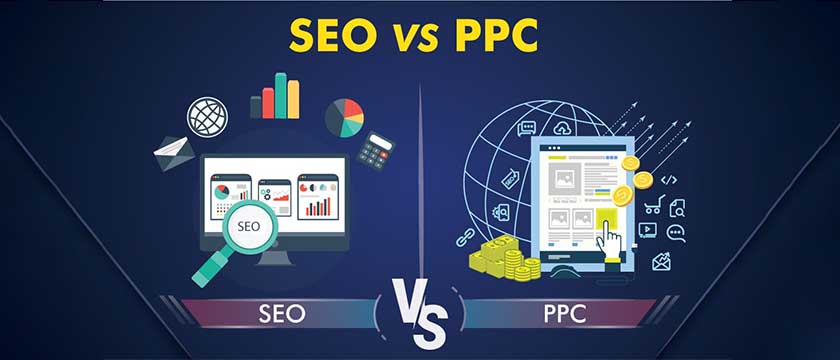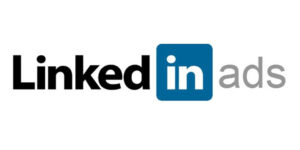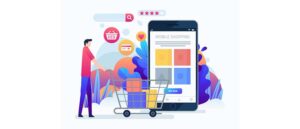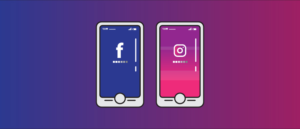In the fast-evolving world of digital marketing, businesses often find themselves navigating a landscape dominated by two major strategies: paid marketing and organic marketing. Both have unique strengths and weaknesses and understanding these differences is crucial to creating a balanced and effective marketing strategy.
What is Paid Digital Marketing?
Paid digital marketing involves investing in advertising to reach a targeted audience quickly and effectively. Platforms like Google Ads, Facebook Ads, and LinkedIn Ads allow businesses to showcase their offerings through various ad formats.
Advantages of Paid Marketing
- Instant Visibility: Paid campaigns ensure immediate exposure, making them ideal for time-sensitive promotions.
- Precise Targeting: With advanced tools, you can target audiences by demographics, interests, and behaviours.
- Scalability: Campaigns can be scaled based on performance and budget flexibility.
- Data Insights: Paid platforms offer in-depth analytics to measure ROI and optimize campaigns.
Challenges of Paid Marketing
- Cost: Continuous investment is required to sustain visibility.
- Ad Fatigue: Overuse of ads can lead to reduced engagement over time.
- Skill Requirement: Effective management often necessitates expertise in ad platforms.
What is Organic Digital Marketing?
Organic marketing focuses on building an online presence without direct payment to platforms. Techniques include SEO (Search Engine Optimization), content marketing, and social media engagement.
Advantages of Organic Marketing
- Cost-Effectiveness: Minimal monetary investment makes this approach suitable for businesses on tight budgets.
- Long-Term Benefits: Once established, organic content can drive traffic for months or even years.
- Credibility: Authentic and valuable content builds trust and authority in your industry.
- Audience Engagement: Engaging organically fosters more profound connections with your audience.
Challenges of Organic Marketing
- Time-Intensive: Building organic traffic takes time and consistent effort.
- Competitive: Standing out in saturated markets requires high-quality, unique content.
- Unpredictable Algorithms: Changes in search engine and social media algorithms can impact visibility.
Key Differences Between Paid and Organic Marketing
| Aspect | Paid Marketing | Organic Marketing |
| Cost | High, ongoing investment | Minimal monetary cost |
| Speed | Instant results | Gradual, long-term growth |
| Sustainability | Short-term unless funded continuously | Long-lasting with consistent effort |
| Credibility | Can feel promotional | Builds trust and authenticity |
| Targeting | Highly specific | Broader and natural |
When to Use Paid Marketing
Paid marketing is ideal for situations that demand fast, measurable results, such as:
- Product Launches: Create buzz around a new product.
- Seasonal Campaigns: Promote time-sensitive offers like holiday sales.
- Audience Testing: Quickly gather insights on audience preferences.
When to Use Organic Marketing
Organic strategies work best for building a sustainable and authentic online presence, such as:
- Brand Awareness: Establish your business as a trusted authority.
- Long-Term Growth: Drive consistent traffic and engagement over time.
- Community Building: Cultivate loyal followers and customers.
The Hybrid Approach: Blending Paid and Organic
Combining paid and organic strategies can provide the best of both worlds. For example:
- Use paid ads to amplify high-performing organic content.
- Leverage organic channels to nurture relationships while using retargeting ads to convert visitors.
- Invest in SEO for long-term visibility while running short-term paid campaigns to boost traffic.
Conclusion
Choosing between paid and organic marketing depends on your goals, budget, and timeline. Paid strategies deliver immediate results and precision targeting, while organic approaches focus on long-term sustainability and credibility.
By understanding the strengths and weaknesses of both, businesses can craft a tailored strategy that maximizes ROI and creates meaningful engagement. Whether you prioritize quick wins or long-term growth, finding the right balance is the key to digital marketing success.
To learn more or to acquire our services, please contact us at https://paypercampaign.com





